After determining that the Triumph Tiger was roadworthy, and that the computer system in the motorcycle was only slightly damaged, we set out in a Southerly direction, following the Pan American highway. We stayed in a very nice hostal in Piura, a city of about 1,500,000 people in northern Peru.
The city has all of the modern features that Edmonton has, including statues of famous people....
There are definitely more Punchbuggies in Peru than in Canada..
Many more people ride motorcycles or take three wheeled taxis to do their business...
I watched a workman lay tiles in a park area. I think the Peruvian cities have more park areas than Canadian cities do.
There are all sorts of modern shops and facilities in the cities of Peru.
The Peruvians celebrate Christmas in a big way, although they do not have the snow which is part of a Canadian Christmas.
All of the large cities have very good bus service to the other cities in Peru.
Some of the buses are two-stories in height, with a second deck, including movies and air-conditioning in order to help the passengers on the long trips between cities...
All of South America has a very well developed cell system, and it is very common to see teenagers texting as they stroll about: just like Edmonton's streets...
There are many internet shops with computers in all of the larger cities in Peru..
Once we left the large city, the landscape changed back to the dry, arid desert-like picture that we had seen before, in northern Peru. These children live in a small community away from the city. Their school is fairly small, and they certainly do not have the green grass playing fields nor the trees that we are used to in Canadian schools....
The surrounding country-side is very flat and dry, with sand and gravel everywhere. There was not any evidence of rivers or lakes, making the region seem even more dry and desert-like.
We began to see sand dunes, some of which were very high....
Because the land is so dry, there is not any farming, agriculture, or ranching, and the people must work very hard at difficult jobs in order to survive. These men are breaking up rocks, which are then heated in open fires in order to break the rocks down into different parts. The big rocks are brought to the men from mines near the ocean.
The rocks are "cooked" in a fire to break them down...
The final product is a gypsum-like material, which is used in the production of cement...
The sand dunes and very dry conditions continued for many kilometers, and again there was not any evidence of irrigation canals or water.
We came to another small town, and the people in the small peublo were drying their corn in the very hot sun. Similar to Central America, corn, or maize, is a very important food product for the Peruvian people..
We came across another school, and the wall surrounding the school was decorated with native designs. We knew that we were getting very close to an important archaeological site in Peru.
All of the children who do attend school in Peru wear uniforms....
After a full day of riding, we arrived at a smaller community on the Pacific coast of Peru. Most of the adobe walls on the streets were covered in various murals, some of which showed the local native culture...
This one reminded me of Dr. Suess..
Someone was trying to educate the people regarding the importance of clean streets..
The town faces the Pacific Ocean, and there were surfers in the water when we arrived...
In the community was a beautifully restored school, which had been built in the early 1900's..
Someone had built a wonderful stone wall around their house, and the patterns of the stones was eyecatching...
It was late, so the surfers a just tiny specks in the pictures...
The early cultures who were living in this area before the Incas, built canoes out of reeds and ventured out into the Pacific...
The area that the site covers is huge. Where we visited, there was a wall about 5 meters tall which seemed to extend around a lot of the interior of the site.
On the inside of the walls, they were reinforced with these "elbows", and they also had a base which extended beyond the base of the wall, ensuring that the "sismos", or earthquakes would not bring the walls down. The CHAN CHAN people were great engineers..
These are depictions of how the royalty, or upper class, dressed, and were regarded by the people. It is estimated that there were 250,000 people living in the city, before the Incas arrived. Archaeologists and anthropologists think that the Royals numbered about 1000, and they know from records that the kings each had about 90 wives...
Here the guide is pointing out some features of the decorations in the interior of the city..
The bottom figures are sea otters..if any of you have been to Alaska or the west coast of Vancouver Island, then you know about these creatures...
The Peruvian government has made a great effort to build protection for this site, so that many people may enjoy it for years to come...
Notice how the walls are supported by the knees, and how the base of the walls is futher reinforced with a base structure...
Here are the sea-otters again. We know that they also live in North America, particularly in Alaska and the West Coast of British Columbia. Do you think there is a similarity in the waters of Peru and British Columbia?
The Chan Chan people, in addition to being very wise about engineering and building their cities, knew about the two very important ocean currents which impacted their way of life on the west coast of Peru. These fish are symbolizing the two ocean currents which are impacted by the the Humbolt Current in the southern Pacific Ocean. The two ocean currents are called EL NINO, and LA NINA, and each of these children of the Humbolt current directly effect the weather conditions of both North and South America, and we see clear evidence of their impact upon the fisheries up and down the Pacific Coastline, from Alaska to Chile....
The carvings in this photo are representations of the pelican, which is a very common sea bird of this area. The pelican also relies on fish in order to live, so the people had respect for this animal.
The Chan Chan people use nets for catching their fish, which was a staple of their DIET. The nets were made of COTTON, which was grown in the fields surrounding the city...
Here we have the fish motif, showing the rise and fall of the ocean currents, and therefore the availability of fish for the people.
The net is show in some detail...
The architecture of the site is amazing, and it is clear that these people were very sophisticated and that their culture was well-developed...
A throne for the royals....
The Chan Chan people built their walls with diagonal holes in them, and placed the walls in such a way that the cooling PREVAILING WINDs would blow through the holes, and cool the city...
The city is huge, and the excavations which have taken place so far only show a small bit of the total site...
The CHAN CHAN people understood about ARTESIAN wells, and they had a good number of fresh water wells and small lakes within the city...
There is those "knees" again, which help to support the huge walls...
The design below represents the "Southern Cross" a prominent constellation in the SOUTHERN HERMISPHERE, which is similar to the constellation in the NORTHERN HEMISPHERE, called the BIG DIPPER, which was used by early people to navigate, as it pointed to the NORTH STAR.
Our guide was very knowledgable, and we appreciated the details that he knew about "his" city. When I asked him about his opinion about the people of CHINA and JAPAN visiting PERU, he laughed and pointed at his stature, and the fact that his eyes are somewhat slanted. He said that there is a very good possibility that the cultures evolved from more Northern people.
Here is an example of the adobe brick underlying the structure.
Another picture of the lagoons created by the artesian wells..
It is absolutely essential that people, animals, and plants have water in order to survive. Even though the city is built very close to the ocean, the CHAN CHAN people needed to have fresh water, and the artesian wells were the reason for the success of the city..
The sea otters again....
After CHAN CHAN, we visited two pyramids which were built nearby. The same culture and the same time period was the basis for the pyramids as well. This area was a very rich and powerful part of the history of Peru...
These trucks keep showing up where we visit. Maybe they are following us?
The pyramids were built of adobe bricks too.
The MOCHE people are responsible for the pyramids of the SUN and the PYRAMID of the Moon...
This is not a pyramid, but a naturally formed mountain, which probably was volcanic at one time...
This photo gives an idea of the the amount of adobe bricks used to construct these huge pyramids..
After the pyramids, we covered about 200 kilometers of desert. The dry and barren land borders the Pacific Ocean, so it was on our right hand as we travelled south. The winds coming from the Ocean were very strong, and in places we had to stop the bikes to take a break from the very strong winds..
In these pictures, the winds are driving the sand across the highway. This of course, is how the gian sand dunes are formed, and why the dunes are always changing the landscape, as a result of the PREVAILING WINDS....
Kilometers and kilometers of bare Pacific beaches with lots of waves.....
We finally arrived at our destination for the evening. It was guarded by a watch parrot named Romeo...
The hotel had a small collection of artifacts...
The hills behind the town are barren of trees, and the region from the ocean to the mountains is hot, dry and dusty....
Besides the very important lesson about WATER, I have learned the following about PERU:
There is over 2400 kilometers of desert along the coastal road of PERU.
The ANDES Mountains of Peru have 50 mountains which are higher than 5000 meters (20000 ft) above sea level.
The AMAZON RAINFOREST makes up 60% of Peru..
Peru has 28 different kinds of CLIMATES...
Peru has the deepest canyons in the world: COCLA is 3400 meters deep, and COTAHUASI is 3800 meters deep!
Peru has the highest navigable lake in the world: LAKE TITICACA
Peru is the highest producer of SILVER in the world.
Peru is the second biggest producer of COPPER in the world.
Peru is the natural native country of
- the POTATO, of which there are 3,000 kinds
-the TOMATO, the BEAN, CORN, and MANIOC
-the PASSION FRUIT
-the CHILI PEPPER and PAPRIKA
Peru is number 1 in the number of bird species in the world, with 1, 831 different species
Peru is number 1 in the number of butterfly varieties, with over 4200 different species.
Peru is number 1 in the number of different fish species, with 700 different species.
Peru has many WORLD HERITAGE SITES.
Some of PERU's early people were building cities 5000 years ago, during the time of the EGYPTIAN PYRAMIDS.....
Peru is a very cool place to learn new things....
Definitely a pirates' cave...
Caral is a pre Columbian site on the Pacific Coast..
This is a modern fire brick kiln nearby. I stopped and talked to the owner, and he showed my how they make bricks..
 |
Charcol is rolled up into balls, and then dried, maximizing the heat and firing process... |
Unfortunately, charcoal is made from trees...
Some repairs are needed here...
Stampede.....at a walk...
I substituted a more amiable ride for Blondy, in order to get to the ruins....
The Pan American highway along the Peruvian Coast...


















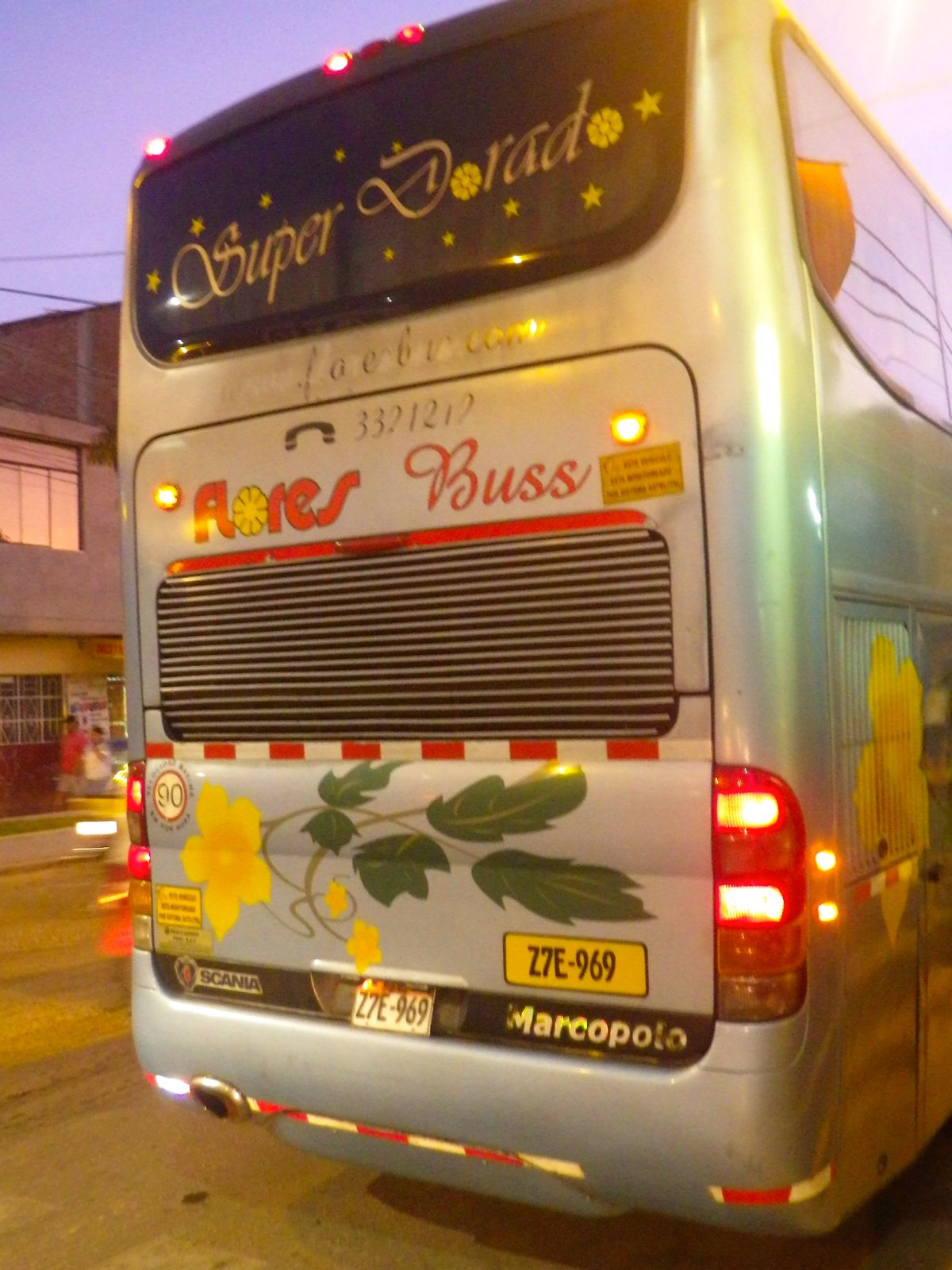













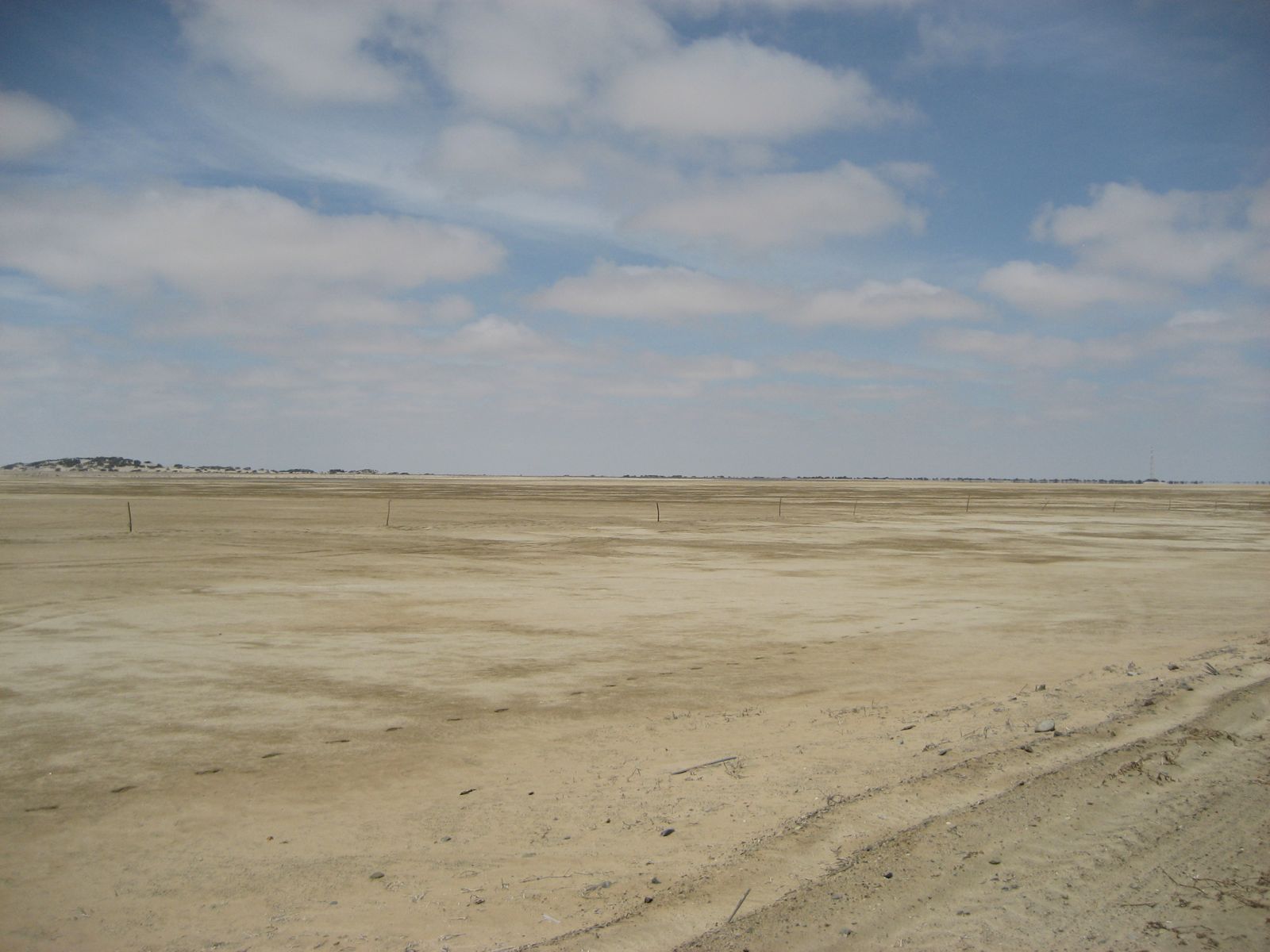










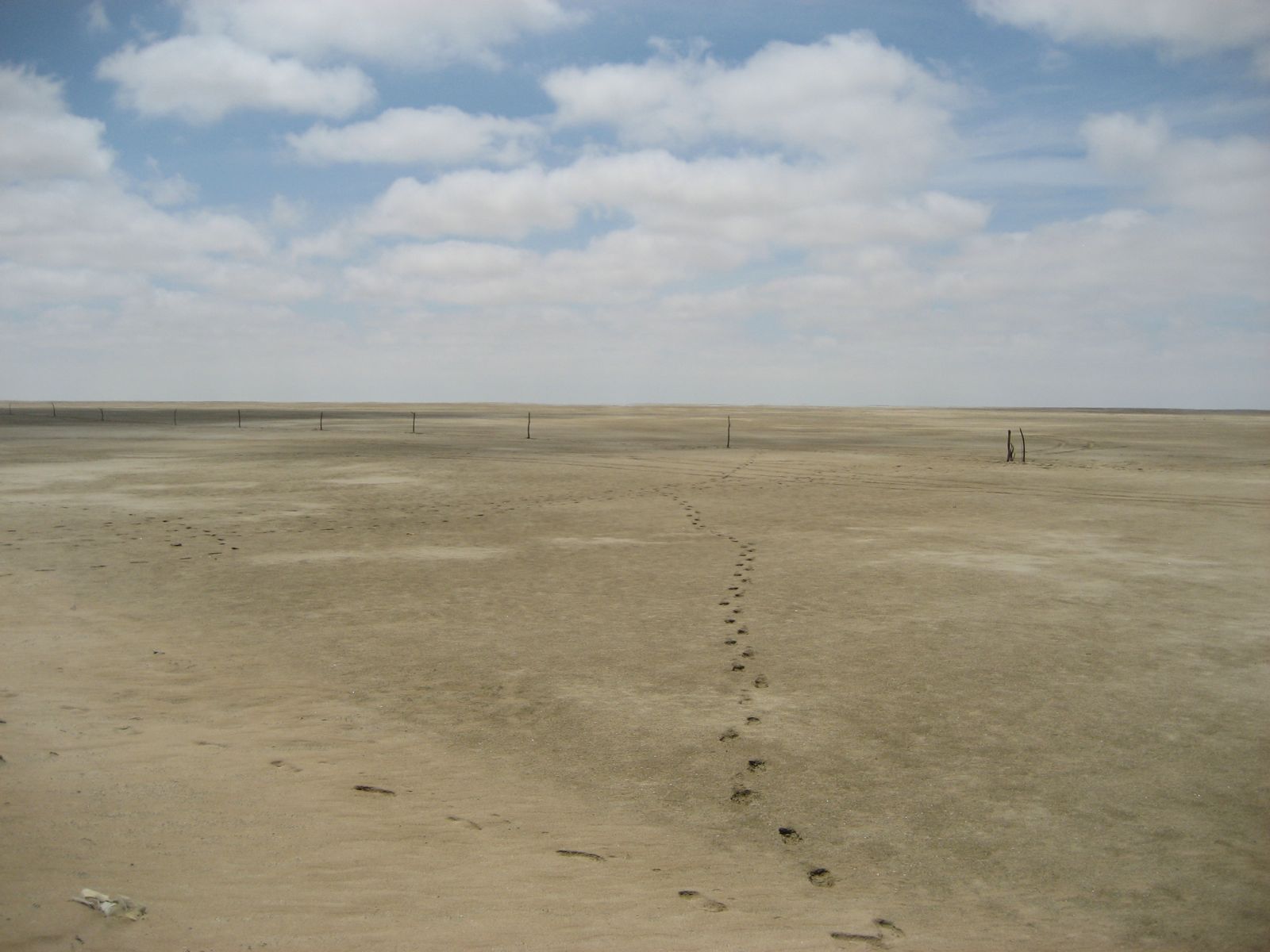













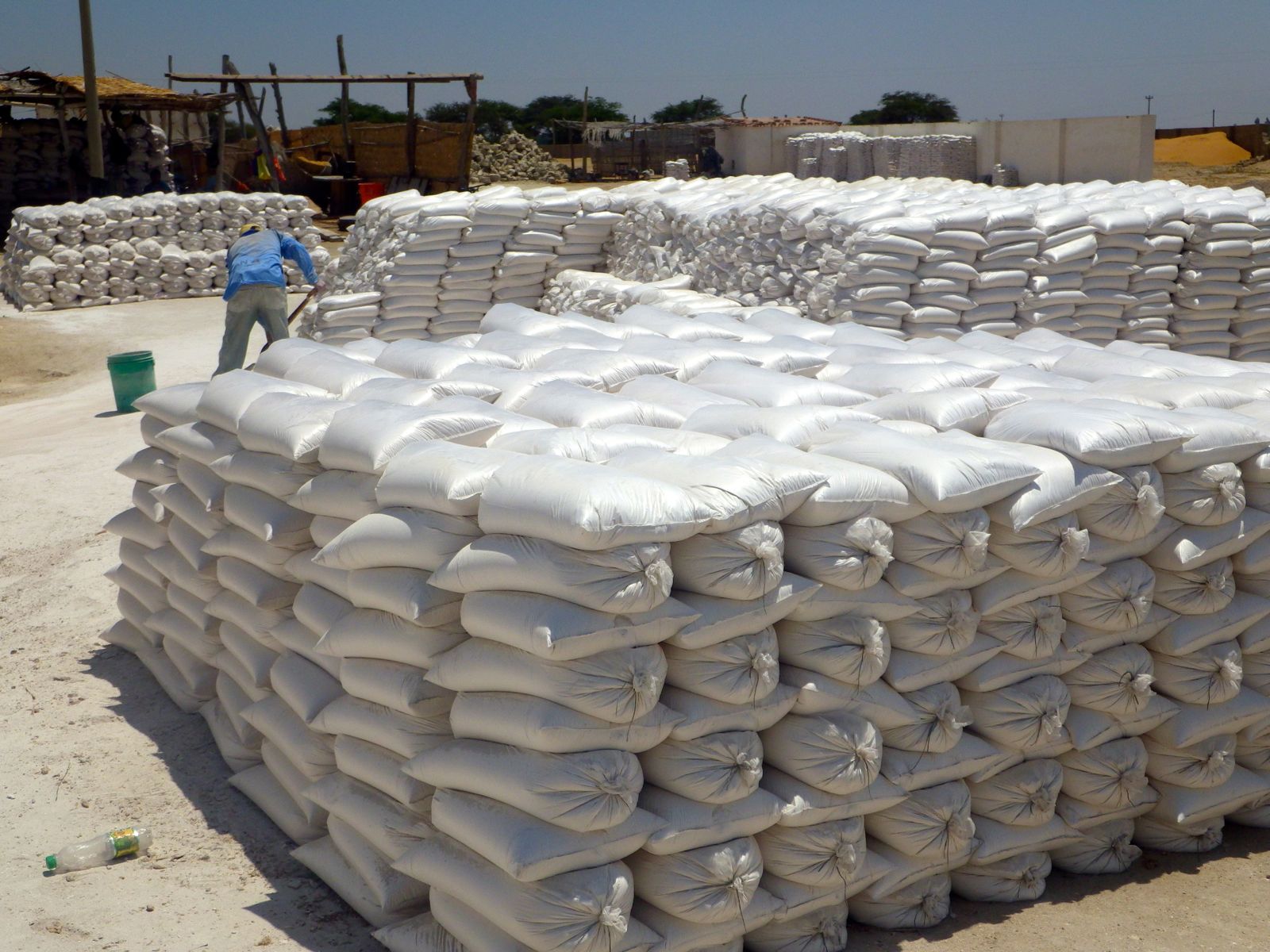













































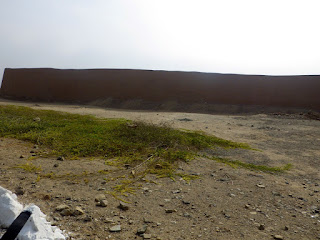





































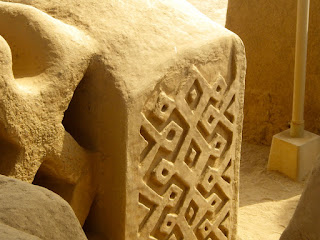










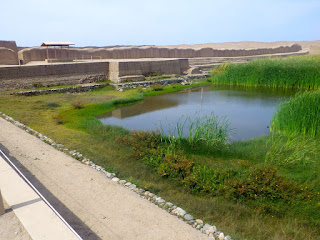





















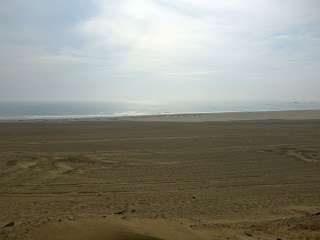












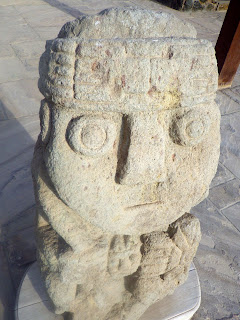



































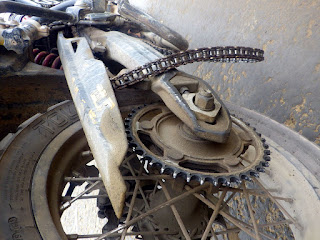

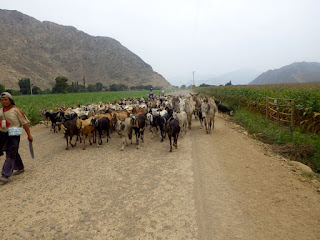























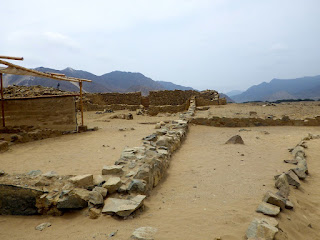














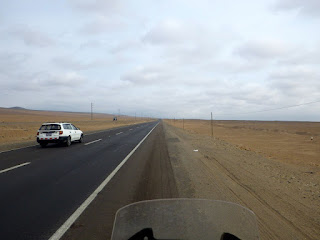

Best. Blog. Post. Ever.
ReplyDelete